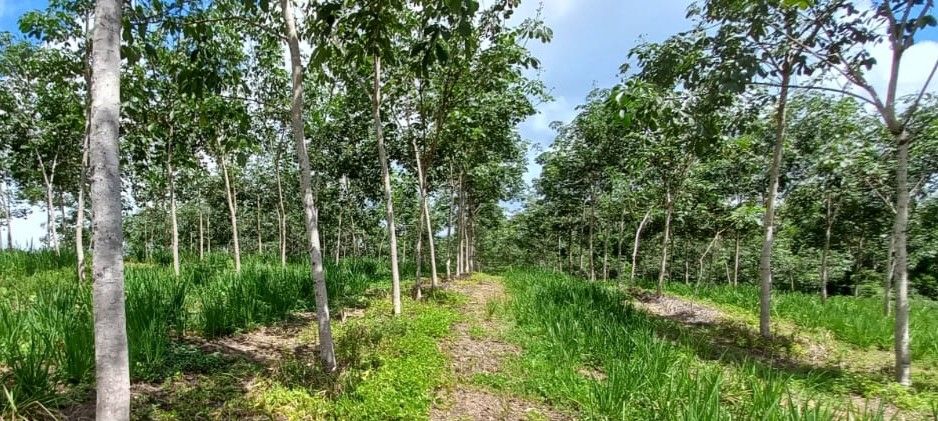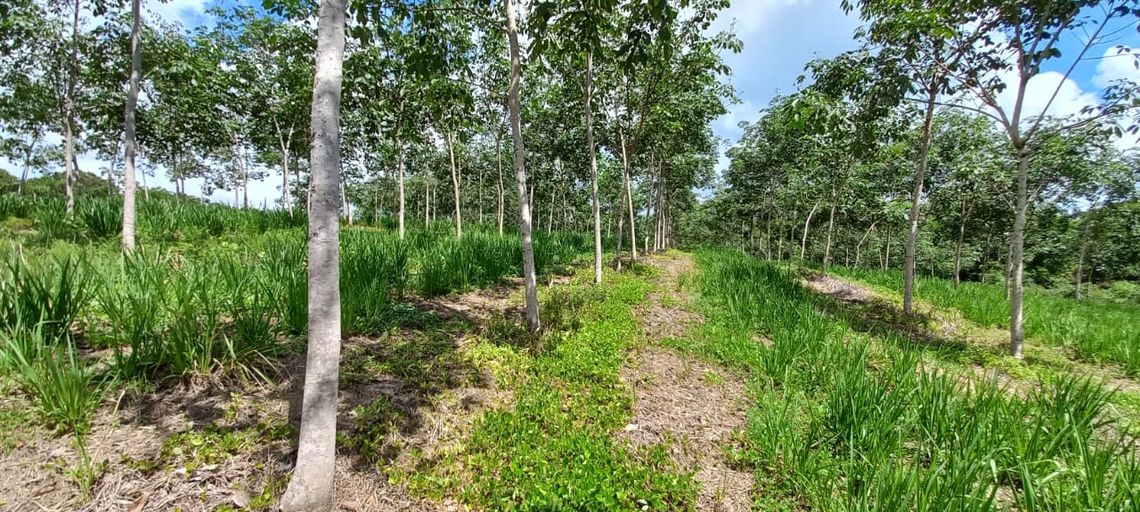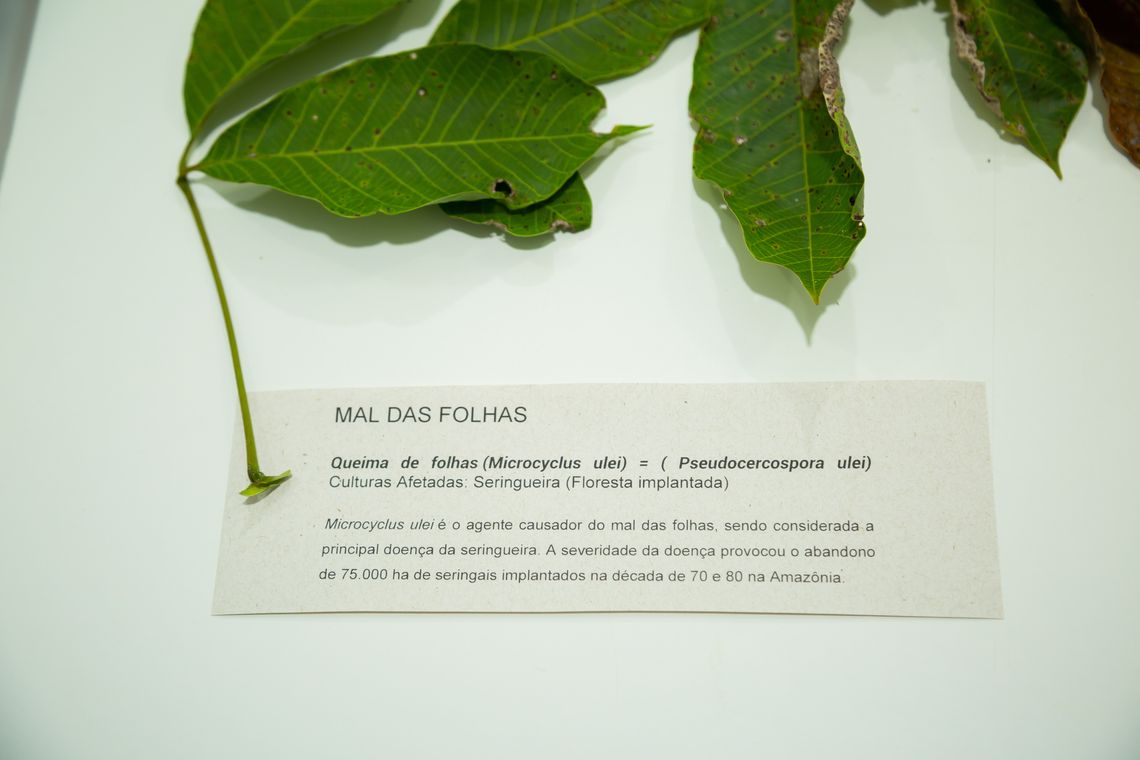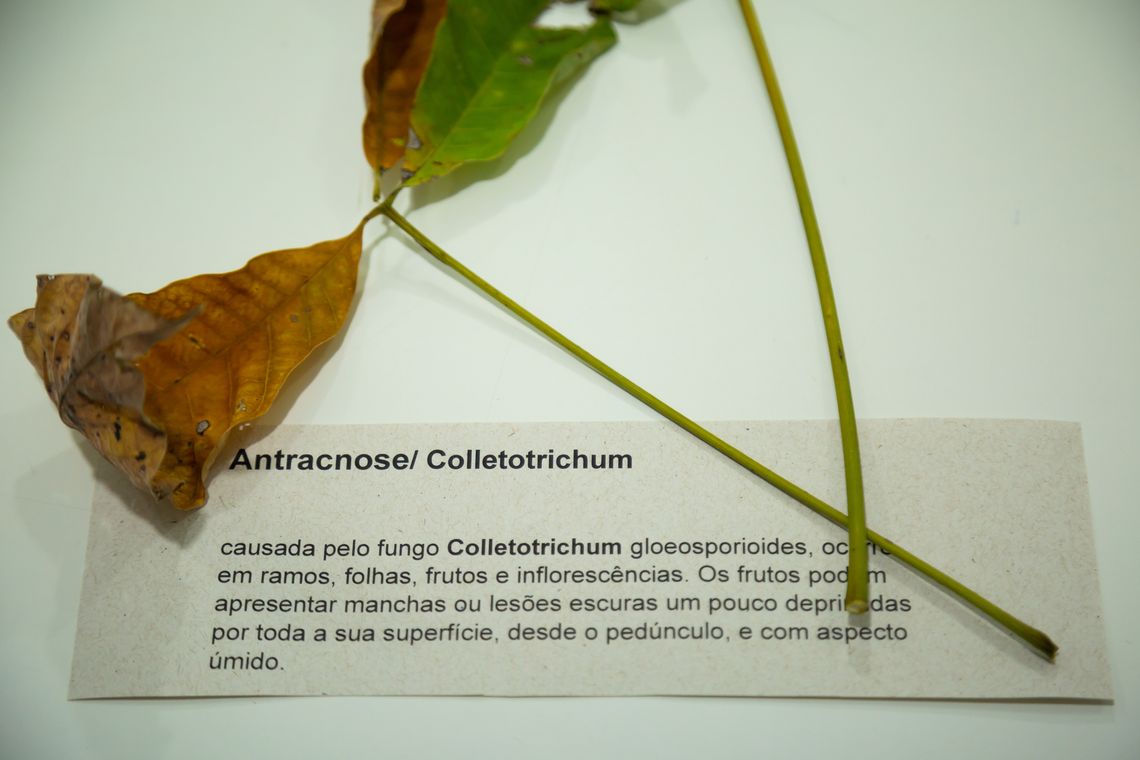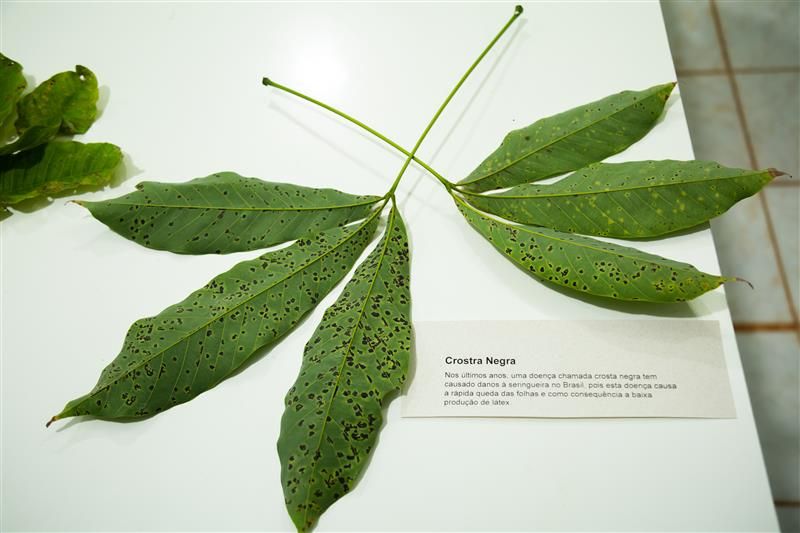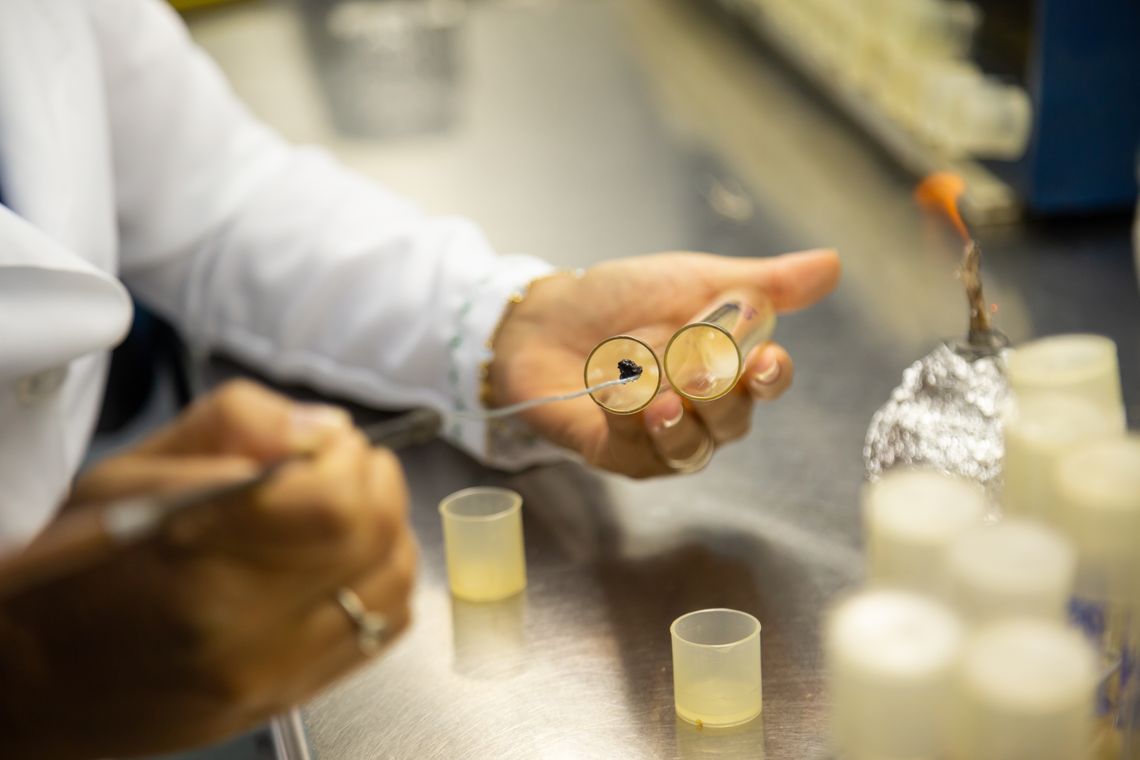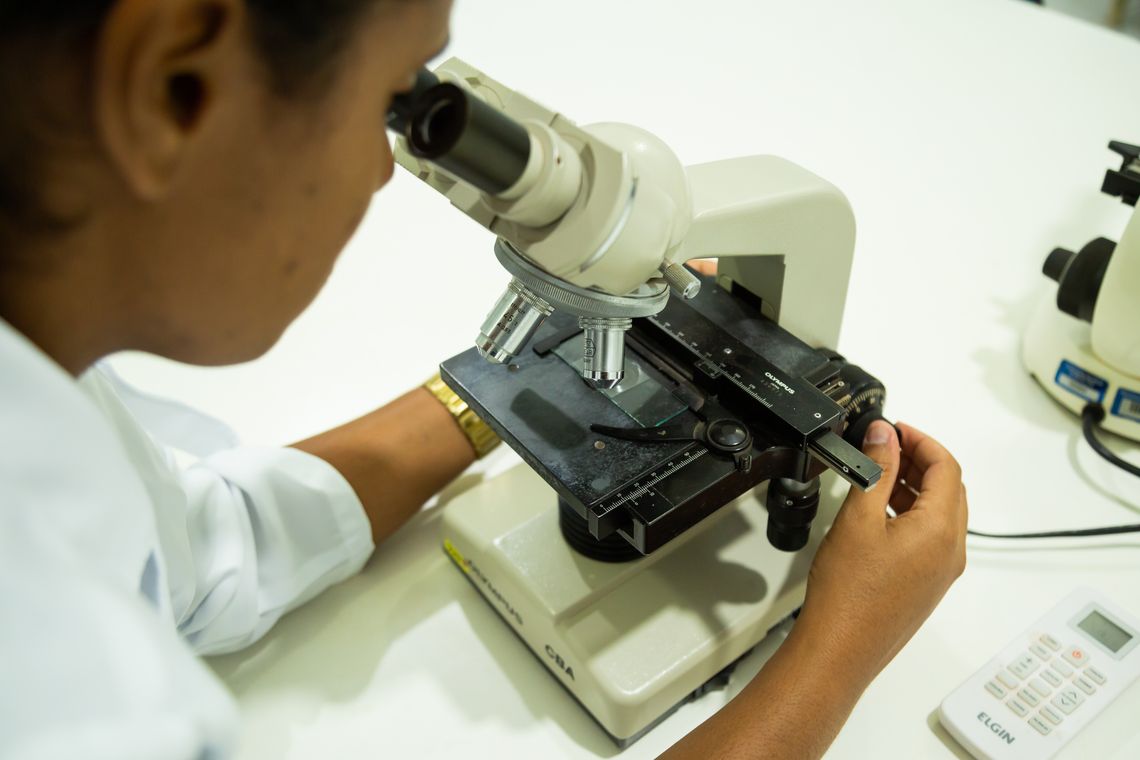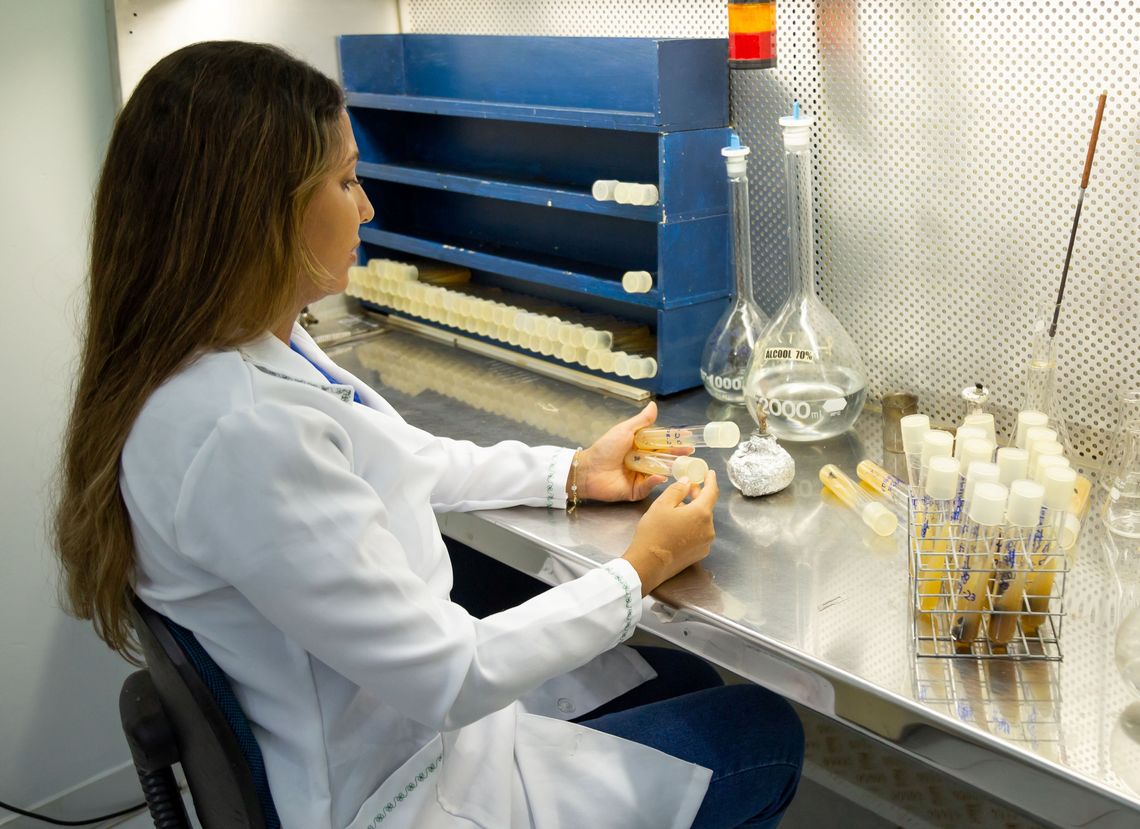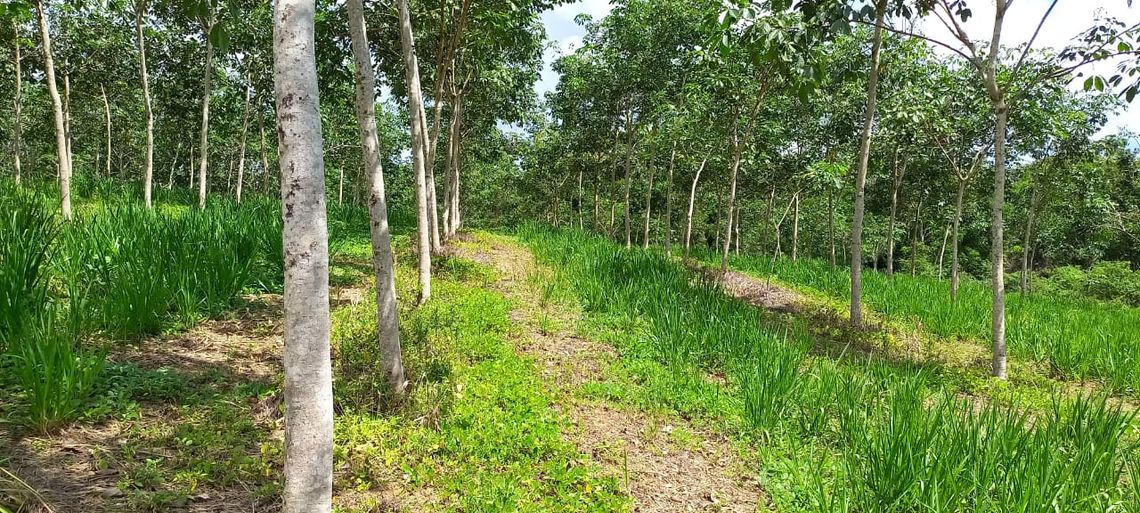03 february 2025
Innovation in rubber cultivation: creation of an elite variety
After more than 30 years of agronomic research and experimentation in Brazil, Michelin and CIRAD, long-standing partners of the natural rubber industry, have materialized their commitment by creating the first elite rubber tree variety, CMB75, resistant to South American leaf disease caused by the Pseudocercospora ulei fungus, and more productive than other varieties.
Michelin and CIRAD are keen to ensure that this new genetic material, protected by a certificate of plant variety, is widely made available to the natural rubber industry.
The genetic improvement of rubber trees has been a continuous driver of progress since the species was domesticated at the end of the 19th century, and a key element in meeting the evolving needs for natural rubber in a sustainable way.
The selection of high-performing rubber varieties, i.e., those with higher latex yields, better disease resistance and reduced pesticide use, is an effective response to avoid allocating new land to rubber cultivation and improve farmers' incomes.
Initiated in 1992 in two Michelin plantations in the Brazilian states of Mato Grosso and Bahia, the CIRAD-Michelin-Brazil (CMB) breeding program produced over 730,000 manual pollinations and 33,300 genotypes during the first 18 years of the program. These trees, represented by a single individual, were first observed in experimental field systems and then selected.
For the selected varieties, evaluations were continued and after an initial phase of multiplication by grafting, the growth and production of each variety were specified in adapted experimental set-ups. These experimental field crops were observed for 15 years.
CMB75
The CMB75 variety is the result of a cross between a variety selected in Asia and a South American variety. It is resistant to South American Leaf Blight caused by the fungus Pseudocercospora ulei; it is also tolerant to crosta negra, a disease present in the Brazilian state of Bahia, and anthracnose.
Latex production of this variety has been monitored over the last 4 years and exceeds 2.5 tons of dry rubber per hectare per year, higher than the average production of varieties planted in Brazil, Asia and Africa.
Prospects
The main aim of disseminating this variety is to provide the rubber industry with high-performance varieties that can contribute to the sustainability of natural rubber supplies. This is planned for production zones in Brazil and Latin America but will also cover all production basins in South-East Asia and West Africa to assess the variety's adaptability.
Michelin and CIRAD's program in Brazil is continuing with the aim of releasing 5 to 10 additional elite varieties by 2035.
Hevea brasiliensis, a tree native to Amazonia, is mainly grown in Southeast Asia. Production in this part of the world accounts for 90% of global output, which is estimated at around 14.5 million tonnes in 2023. The low level of rubber cultivation in Latin America is due to the rubber tree's exposure to a disease endemic to the Amazon basin, South American leaf blight, caused by a fungal agent, Pseudocercospora ulei.Natural rubber is an essential elastomer for the entire automotive industry. It is a biosourced, renewable material, derived from a highly adaptable tree that can be grown mainly in tropical zones, but also in suboptimal, drier and colder areas.
